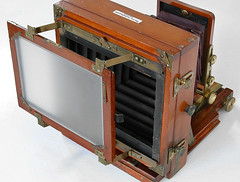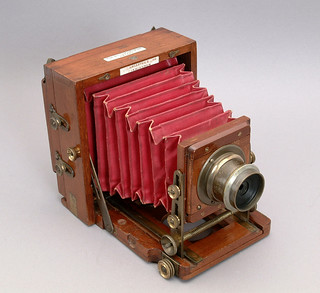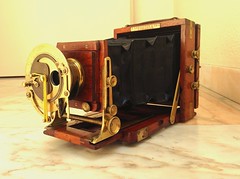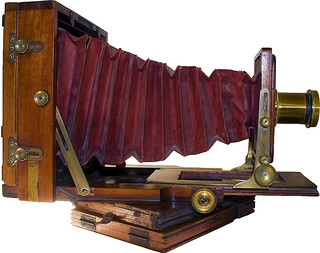Difference between revisions of "Instantograph"
m (→Notes: cat) |
m |
||
| Line 34: | Line 34: | ||
|image_rights= wp | |image_rights= wp | ||
}}{{brl}} | }}{{brl}} | ||
| + | |||
| + | {{Flickr_image | ||
| + | |image_source= https://www.flickr.com/photos/thorpehamlet/16938007467/in/pool-camerawiki | ||
| + | |image= http://farm8.staticflickr.com/7659/16938007467_563bf5aacc_n.jpg | ||
| + | |image2_source= https://www.flickr.com/photos/thorpehamlet/16000071778/in/pool-camerawiki | ||
| + | |image2= http://farm9.staticflickr.com/8638/16000071778_e6b082a628_m.jpg | ||
| + | |image3_source= https://www.flickr.com/photos/thorpehamlet/16937991717/in/pool-camerawiki | ||
| + | |image3= http://farm8.staticflickr.com/7678/16937991717_a3dfe3494a_m.jpg | ||
| + | |image_align= left | ||
| + | |image_text= | ||
| + | |image_by= John-Henry Collinson | ||
| + | |image_rights= wp | ||
| + | }} | ||
| + | {{brl}} | ||
==Notes== | ==Notes== | ||
Revision as of 04:55, 13 July 2015
The Instantograph cameras were made by J. Lancaster & Son of Birmingham from about 1886 to 1910 [1] in ¼-plate, ½-plate and 1/1-plate sizes. They were supplied with brass Lancaster lenses. A unique feature was Lancaster’s Patent hinged back; the focussing screen was swung out on extended hinges when fitting a plate holder.

|
| ½-plate Instantograph 1891 image by Geoff Harrisson (Image rights) |

|
| image by Geoff Harrisson (Image rights) |

|
| ¼-plate Instantograph 1893 image by Geoff Harrisson (Image rights) |

|
| Instantograph with Lancaster's rotary shutter image by Luis Cozeto (Image rights) |
  
|
| images by John-Henry Collinson (Image rights) |
Notes
- ↑ McKeown, James M. and Joan C. McKeown's Price Guide to Antique and Classic Cameras, 12th Edition, 2005-2006. USA, Centennial Photo Service, 2004. ISBN 0-931838-40-1 (hardcover). ISBN 0-931838-41-X (softcover). Page 593.